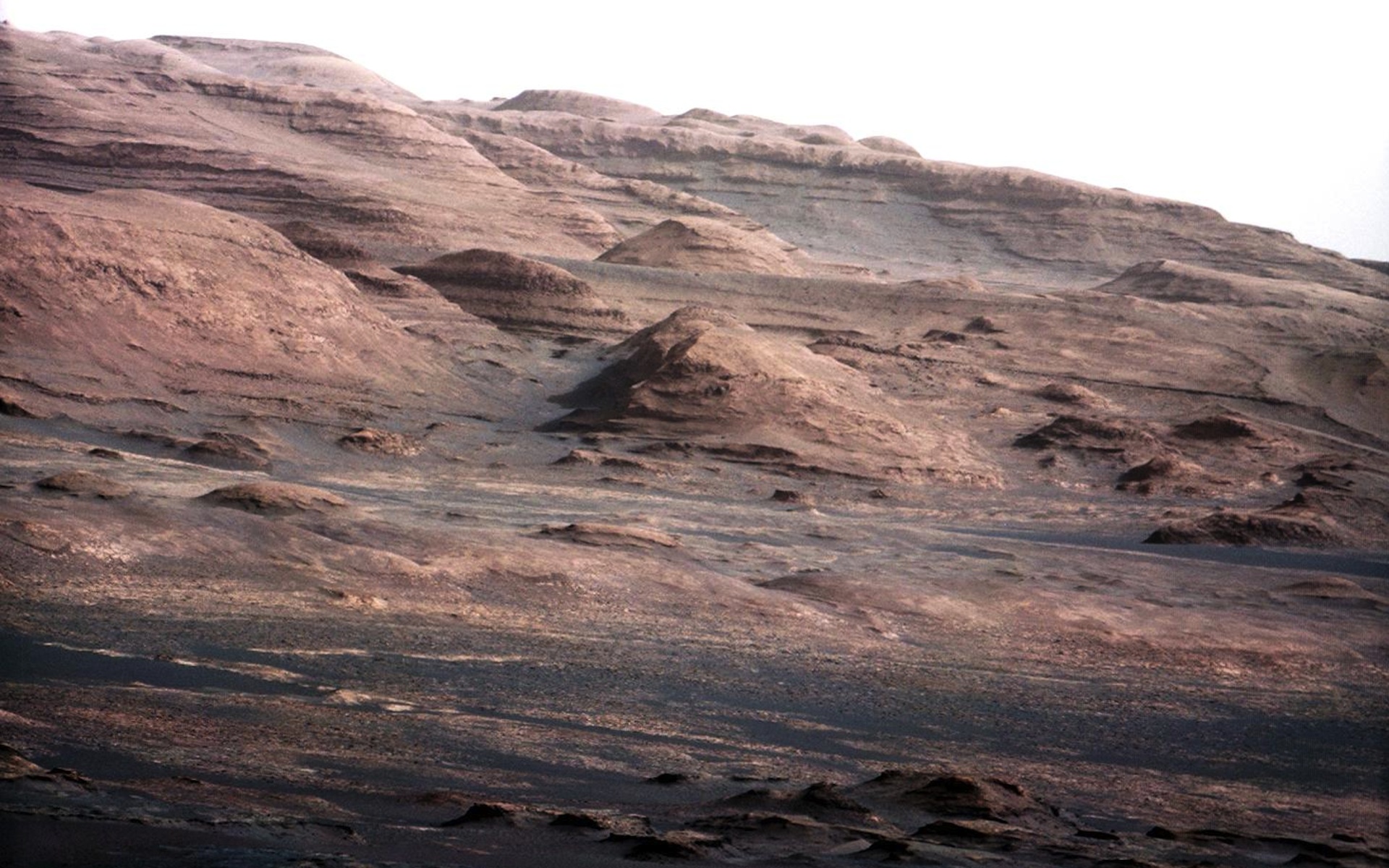
While slowly climbing the slopes of Mount Sharp — a towering peak inside Mars' Gale Crater — NASA's Curiosity rover made a remarkable discovery: large deposits of carbon locked away in carbonate minerals. That may sound a little dry at first, but in reality this find could be a major piece of the puzzle in our search for ancient life on the Red Planet.
Carbonate minerals form when carbon dioxide interacts with water and rock, making them an important marker of past environmental conditions. Scientists have spotted these minerals before on Mars — by rovers on the ground, orbiters above, and even in Martian meteorites that fell to Earth — but Curiosity's latest data adds exciting new details.
"It tells us that the planet was habitable and that the models for habitability are correct," said the study's lead author, Ben Tutolo, associate professor with the Department of Earth, Energy and Environment in the Faculty of Science at the University of Calgary, in a statement.
The minerals found by the rover likely formed in extremely dry conditions through chemical reactions between water and rock followed by the process of evaporation. This process points to a time when Mars had a thick enough atmosphere, rich in carbon dioxide, to support liquid water on the surface. However, as the atmosphere thinned, that carbon dioxide would have begun turning into stone.
One standout mineral in Curiosity's new discovery is siderite, an iron-rich carbonate found in surprisingly high amounts — between five and 10% by weight — alongside salts that dissolve easily in water. "The broader implications are the planet was habitable up until this time, but then, as the [carbon dioxide] that had been warming the planet started to precipitate as siderite, it likely impacted Mars' ability to stay warm," said Tutolo.
What makes this find even more fascinating is the presence of iron oxyhydroxides in the same deposits. These minerals suggest Mars may have once also had a functioning carbon cycle — similar to Earth's — where some of the carbon dioxide locked in rocks eventually made its way back into the atmosphere.
By comparing Curiosity's findings with orbital data, scientists believe similar layers across the planet could have trapped up to 36 millibars' worth of atmospheric carbon dioxide — enough to dramatically change Mars' climate.
This Martian discovery also ties in closely with work being done right here on Earth. Tutolo says he's been exploring ways to combat climate change by turning human-made carbon dioxide into stable carbonate minerals — essentially locking carbon away in rock.
"What we're trying to do on Earth to fight climate change is something that nature may have already done on Mars," he said. "Learning about the mechanisms of making these minerals on Mars helps us to better understand how we can do it here. Studying the collapse of Mars' warm and wet early days also tells us that habitability is a very fragile thing."







